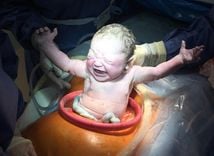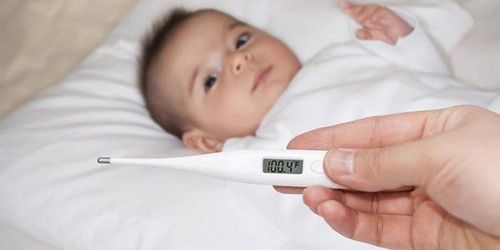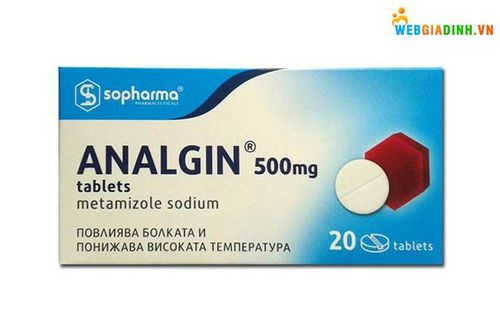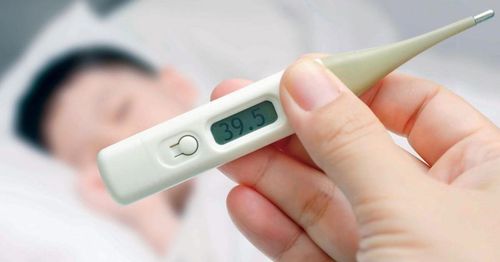When having a fever, many people feel cold and want to wear more clothes and cover themselves with blankets to dispel the cold. So, should people with malaria cover themselves with blankets? What is the best way to reduce fever?
1. What is a fever?
Fever is a natural reaction of the body against harmful agents. A person is considered to have a fever when the oral temperature is above 37.5°C and the rectal temperature is above 38°C. Causes of fever: virus infection, bacterial infection, drug allergy, teething fever, or reaction after vaccination,...
When having a fever, the patient may experience symptoms such as shivering, chills, thirst, red skin, hot and moist skin, disorientation, delirium, convulsions, cold limbs, cyanosis,...
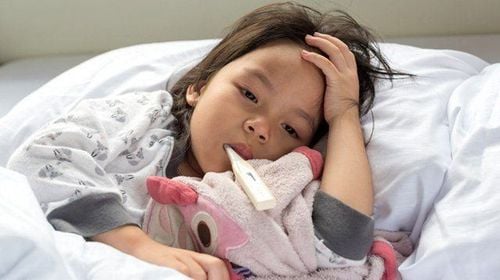
2. Should people with malaria cover themselves with blankets?
The hypothalamus of the brain is the area that controls the body's temperature. When the body temperature increases higher than normal (high fever), the hypothalamus will automatically start the body's cooling system by increasing sweating and increasing blood flow under the skin. At this time, the patient will feel cold and shivering.
People with fever often close doors, cover themselves with blankets, and wear many clothes to reduce the cold. However, this is a misconception that should be avoided.
In people with fever, covering themselves with blankets will not help dispel the cold but will make it more difficult for the body to release heat, leading to a prolonged fever. The more blankets are covered, the higher the body temperature will be and the colder the patient will feel. If the high fever does not lower the body temperature in time, the central nervous system can be affected, causing serious complications such as febrile convulsions, cyanosis, and even death.
Trắc nghiệm: Bạn có phân biệt được chính xác cảm lạnh và cúm mùa?
Cảm cúm và cảm lạnh là hai khái niệm mà chúng ta thường đánh đồng nó giống nhau, không phân biệt rõ ràng. Dưới đây là một số câu hỏi trắc nghiệm, giúp bạn có thêm những kiến thức phân biệt cảm lạnh và cảm cúm. Từ đó, có những biện pháp điều trị bệnh phù hợp.3. Methods to reduce fever for high fever people
When the patient takes antipyretics, the heat will need to escape from the body through the skin. Therefore, the important principle when having a fever is not to cover with a blanket and not to close the door, but to open the door to let the air in the house circulate (be careful not to let the wind blow directly on the patient). The patient should not wear thick clothes or let the body get too cold; keep the body temperature stable. By doing so, just wait a while, and the patient's limbs will gradually warm up and the feeling of shivering will no longer decrease.
In addition, the caregivers for patients with fever should pay attention to applying a warm towel to the patient or wiping a warm towel all over the body, especially in the armpits and groin, to reduce body temperature. At the same time, the fever patient should eat easily digestible foods, drink plenty of water, and drink Oresol to rehydrate if dehydrated. For children with fever who are breastfeeding, the amount and frequency of breastfeeding should be increased to provide enough water and nutrients for them
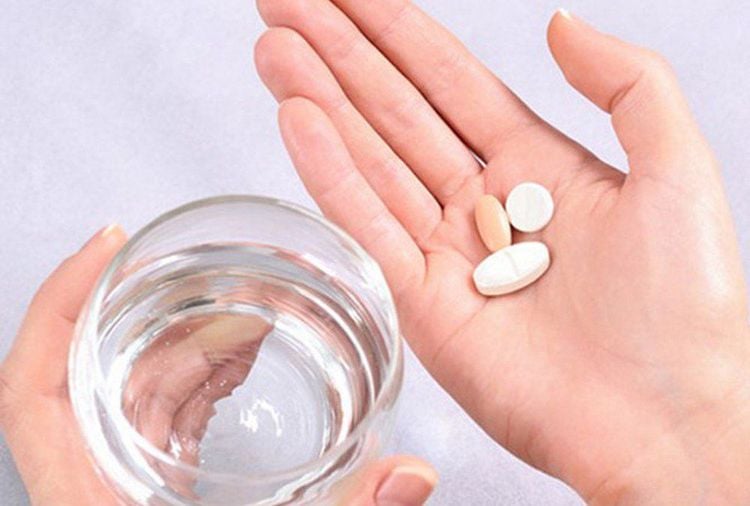
When caring for a person with a fever, it is important to continuously monitor the patient's temperature (measure the temperature in the armpit, mouth, or rectum). For patients with a fever above 38.5°C, it is necessary to take antipyretics and check the temperature again after taking the medicine for about 30 to 45 minutes. Do not measure the temperature immediately after taking the medicine because the medicine may not have taken effect yet. At the same time, when taking the medicine, it is necessary to pay attention to giving the patient the correct medicine and dosage as prescribed by the doctor.
In case the patient has a high fever above 39°C, the fever does not improve with antipyretics, the fever lasts for more than 2 days, the child has a fever and shows signs of crying more, lethargy, convulsions, difficulty breathing, diarrhea, bloody stools, etc., the patient must be taken to the hospital immediately for timely examination and treatment.
The Pediatrics Department at Vinmec International Hospital System is the address to receive and examine diseases that infants and young children are susceptible to virus fever, bacterial fever, otitis media, pneumonia in children, etc. With modern equipment and sterile space, minimizing the impact as well as the risk of spreading the disease. Along with that is the dedication of experienced doctors to pediatric patients, making examinations no longer a concern for parents.
To arrange an appointment, please call … or make your reservation directly HERE. You may also download the MyVinmec app to schedule appointments faster and manage your reservations more conveniently.



